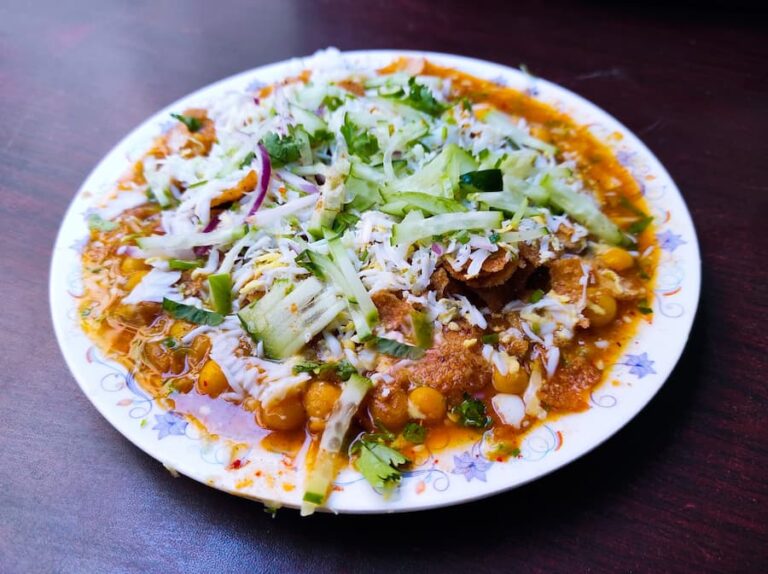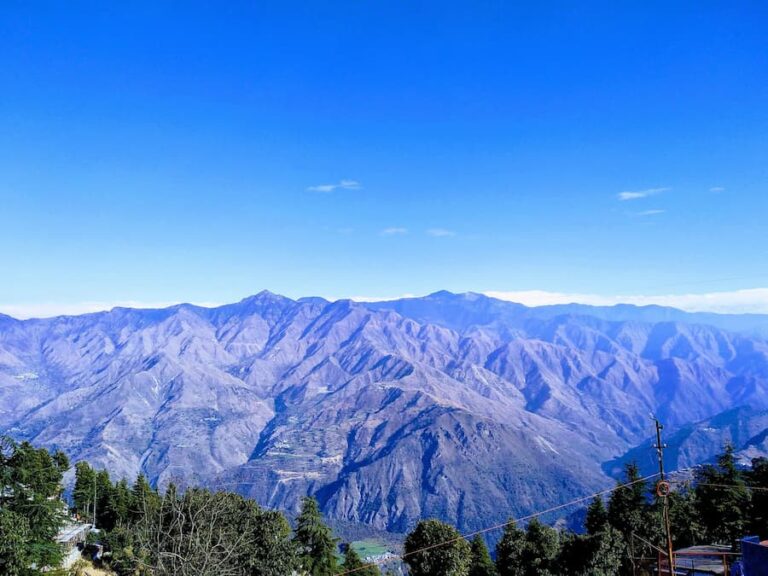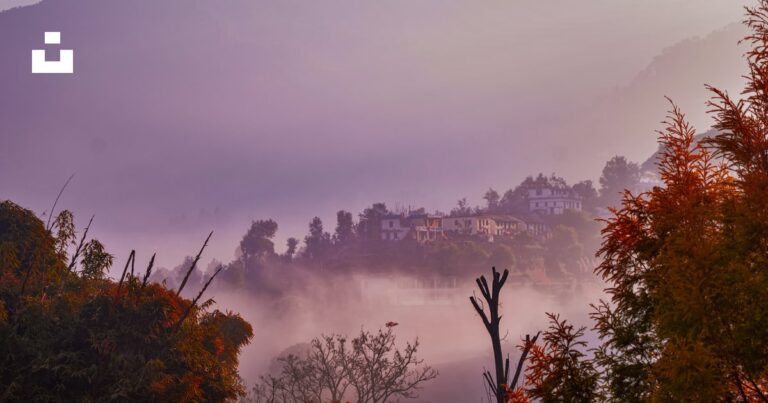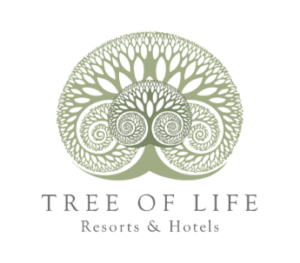In Mussoorie’s Sainji, a charming corn village
In the land of Landour, located near Mussoorie in the Himalayas, a village called Sainji, Corn Village is the correct name for this village of corn. From the moment you walk through the door, it’s clear why this area is known as the “corn village.” Aside from its appearance, this village has a unique quality: it leaves you with a peaceful and thoughtful feeling. A virtual tour is the best way to experience it. Welcome to the Corn Village of Sainji, without further ado.
The Village of Corn: A First Look
As soon as Tree of Life Mussoorie’s staff suggested a visit to the corn village, I imagined houses surrounded by cornfields. I saw many terrace farms on the drive between Landour and Mussoorie, but no villages or houses. My visit came at the end of the harvest season, so I knew that the land was likely to be barren.
The Tehri Garhwal district’s Sainji village is about five miles from Mussoorie’s famous Kempty Falls. It’s just a short distance from the highway that leads to Yamunotri.
Upon exiting the car at the village’s main gate, I realised what Ashish was referring to. Every single one of the village’s 400 residences was festooned with corn cobs. As a result, the name “corn village” struck a chord with me at the time.
Going on a Tour of the Corn Village
Corn was hung out to dry and be used as seeds for next year, but the method of doing so was aesthetically pleasing. It seemed to serve both a functional and aesthetic purpose for the farm and the homes. It was all covered in the golden crop from their own fields: the foyer, the balconies, the windows, and the doors.
In addition to corn, the villagers also raise wheat, rice, and a variety of other crops. I saw some fields being set up for the winter and others being refreshed with crop rotation using potatoes and French beans just after the harvest season finished. The village was surrounded by a small waterway. In addition to irrigation, they washed their clothes with this.
The village has a population of 35 people. My first impression of the village was that it was immaculately kept. It is easy to get around thanks to the well-groomed stone walkways and the brightly coloured houses. As a result, you get the impression that you’re in a gated community, with separate living quarters for each of the homes. There is little or no furniture in the homes. Family members sleep on the floor or on the charpoys that have been set up outside as makeshift beds.
The year of construction can be found on the exterior walls of some homes. The fact that most of them had recently been rebuilt was a positive sign for the village.
Getting to know the locals
A 10-month-old girl stumbling and falling in her village square as she learns to walk.
According to the villagers, there are a number of festivals that are celebrated with a lot of pomp and circumstance. They celebrate Diwali one month after the rest of India. They sacrifice goats during a festival that takes place in January. The entire village travels to the Aglar valley for a fish festival called the Maund festival in June. A powder made from the tribal “Timru” plant is spread into the river before the festival to deplete the water’s oxygen content and make the fish semi-conscious, according to the custom. Each year, right before the festival, the entire community gathers to go fishing in the river. Residents of the surrounding towns congregate here for social events.
Fortunately, I was able to meet Kunwar Singh, the head of the village and the head of an NGO that worked to improve the lives of the people in this community. I learned from him that the Government.. had provided them with a small creche and school for their children while we were talking. However, as the children grew older, they were transferred to a different school run by the same NGO that he and his wife Lori had established in the mountains.
Kunwar Singh’s work is featured.
I learned a lot about Kunwar Singh’s life and work in the village while talking to him. My discovery of this couple’s efforts to improve the village’s quality of life came only after I returned. Ashish told us that he had a hand in establishing the school we had visited. As a result, he was responsible for ensuring that the village of Mussoorie was connected to the rest of the town via paved roads. In addition, he worked tirelessly to bring electricity and other modern conveniences to the town.
To ensure that the children of this village had access to quality education, his Canadian-born wife Lori worked tirelessly to set up the Garhwal English Medium School. After hearing about his story, I went online to learn more about him and the charitable work he has done. It was truly inspiring to hear everything that had transpired. It was reassuring to know that selfless service and compassion could still be found in the world.
What is there to do in Cornville?
The Corn Village isn’t just a great place to learn about the lives of the people who live there. It has the ability to broaden your perspective and help you see the world from a new perspective. Mussoorie’s hotels and resorts have jumped on board with this idea to help promote and profit these small towns. You can spend a full day here exploring the village, its people, and its cuisine.
Another option is to volunteer for a few months with Kunwar Singh and his non-profit organisation. They appear to be putting in a lot of effort for the community, and it’s amazing to watch it grow under their watchful eyes.
Whatever the case may be, the small corn village of Sainji will stay with you forever. One of those moments is when you realise how much joy can be found in small things, such as the people, the village, or even just the concept itself. These people may not have everything, but they have more than enough to give you when you visit them. This is evident in their smiles. If you had a good time in this village, you might want to check out other villages in Uttarakhand.
Dehra Dun is the nearest railway station and airport to Mussoorie and the village of Sainji. To get to the Kempty falls, one must rent a car and drive there.
Mussoorie is about 5 kilometres from Sainji, a small village known for its corn. To get to Yamnotri, one must take the road that leads there. The corn village is located just after the Garhwal English medium school.
Many hotels and resorts in Mussoorie organise a day trip to the Sainji corn village. For those staying at Tree of Life Mussoorie in Landour, you can book the same.
Remember to treat the villagers with respect while you’re there. It’s polite to enquire if you may enter their residences or take photographs of them.
Featured Image Credit: The Tarzan Way







